![By Crouch F W (Mr), Royal Air Force official photographer [Public domain], via Wikimedia Commons](https://theisleofthanetnews.com/wp-content/uploads/2017/10/By-Crouch-F-W-Mr-Royal-Air-Force-official-photographer-Public-domain-via-Wikimedia-Commons-678x381.jpg)
Driving past Manston airport the other day, I experienced a strange moment of flashback. Suddenly I was sat in the back of my parents’ Nissan Sunny, watching fighter jets taxi along the runway, and reading a big sign on the fence: ‘NO STOPPING.’ I remembered asking why it was there, and being told that as RAF Manston was a Ministry of Defence airport, spies might try to observe the planes to discover information. To a young child, the thought of espionage potentially happening on this little isle was incredibly exciting.
Later that day, my train of thought continued. I recalled going to air shows at the base, seeing Spitfires and Hurricanes recreate the Battle of Britain, hearing the roar of a Tornado as it buzzed the crowd, and finding the whole concept of an MOD airbase fascinating.
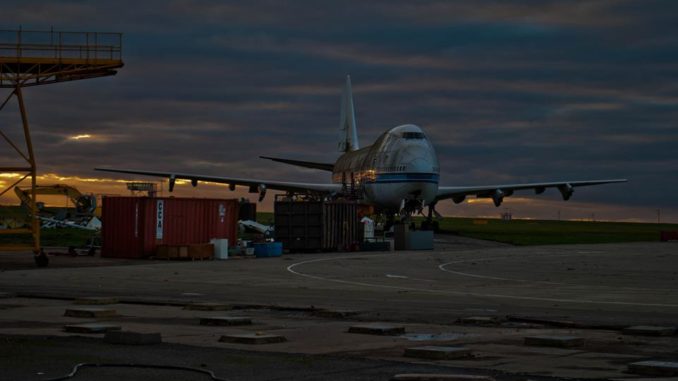
Jumping forward a few years, mentally, I was sat in a French lesson at school, listening to the teacher explain how to order a coffee. At the time I didn’t drink coffee – I was barely in my teens – and learning another language was not the most interesting way to spend an afternoon. Then, suddenly, the lesson was interrupted. The rumbling boom of a passenger jet taking off from Manston and flying overhead shook the walls and glass rattled in the windows. The teacher paused, and the whole class waited for a good five minutes before we could move on to asking how much the coffee would cost. This would happen several times a lesson, and it’s a wonder any of us learned anything, let alone how to say, “Je voudrais un café s’il vous plaît. Combien cela coûte-t-il?”
As RAF Manston was finally being sold, and the site was becoming a fully-commercial airport, I used it as the subject of a school project. I looked at why the location was chosen as an airport in the first place, how the infrastructure had been designed to accommodate military traffic, and whether it was sustainable as a passenger airline. My conclusion was that it was an excellent defensive site for military response, but was far from ideal for commercial flights. I gave it ten years.
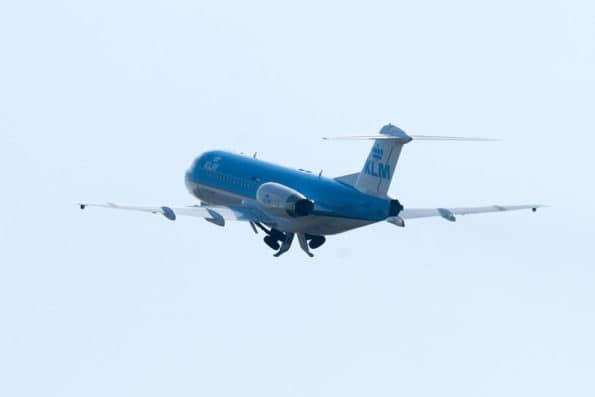
I find Thanet’s relationship with Manston very interesting. Some are still committed to seeing it reopen as an airport; desperately hoping a sustainable business solution can be found. Others are actively campaigning against it, looking instead for housing and industry to occupy the site. Each side matches the other for volume and passion; so much so that the airport became a key election pledge for both Craig Mackinlay and the UKIP council, but is it really that strong an issue amongst everyone else?
The impression I get – and I could be mistaken – is that many Thanet residents, myself included, would just like something to happen with the site. It may end up as housing, especially if new-build targets continue to increase, but in reality there is plenty in Thanet already – plus more on the way – and the local infrastructure cannot accommodate a large suburb on the former airport site. Jobs are surely a higher priority than nostalgia or profit.
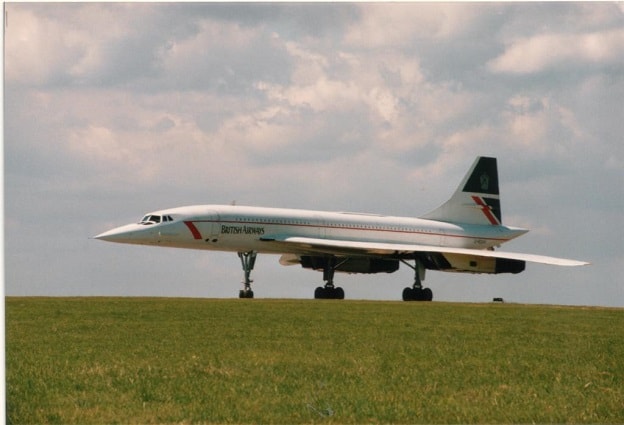
Since the financial crash and subsequent downsizing or closing of many businesses, combined with outsourcing overseas, many local people have been facing a highly competitive and mostly unsustainable industrial labour market. If an airport will bring jobs in abundance then that should absolutely be the solution. However, if it won’t offer extensive local employment, then a business park that could bring more trade and manufacturing to Thanet might open new opportunities. Either way, whatever is best for the community, as it currently stands, must take precedence, instead of making money or living in the past.
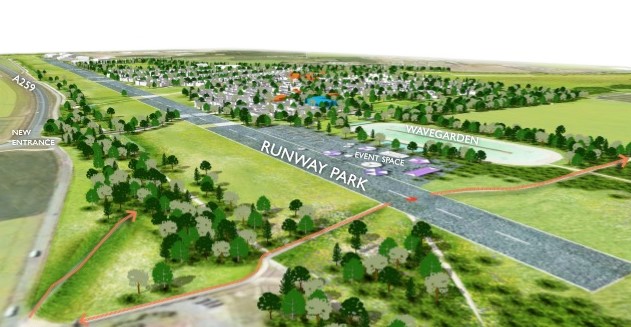
That being said, what Manston was should not be forgotten. I do think it is a shame the Ministry of Defence decided to sell off the site, but at least the RAF Manston History Museum and the Spitfire and Hurricane Memorial Museum are both still there, and hopefully will remain. The diverse history of the airport – including Barnes Wallis testing the bouncing bomb that was later used in the Dambusters raid; the stationing of members of the Women’s Auxiliary Air Force; and the United States Air Force’s use of the base during the Cold War – needs to be remembered.
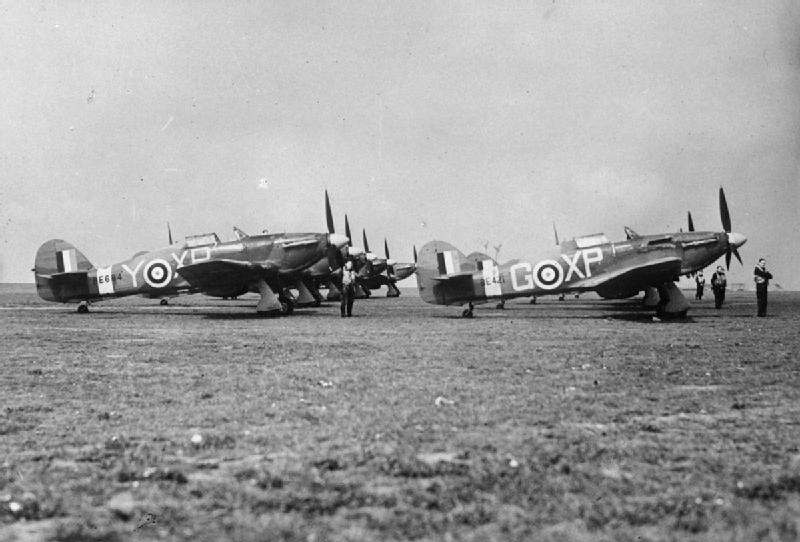
Perhaps it is time to heed the advice of that sign that used to hang on the airport fence, and instead of endless arguing and campaigning whilst the site slowly disintegrates, come to a decision and get moving with it. No stopping.
Read here: Manston airport: A timeline from that £1 buy-out to a £100 million proposal

